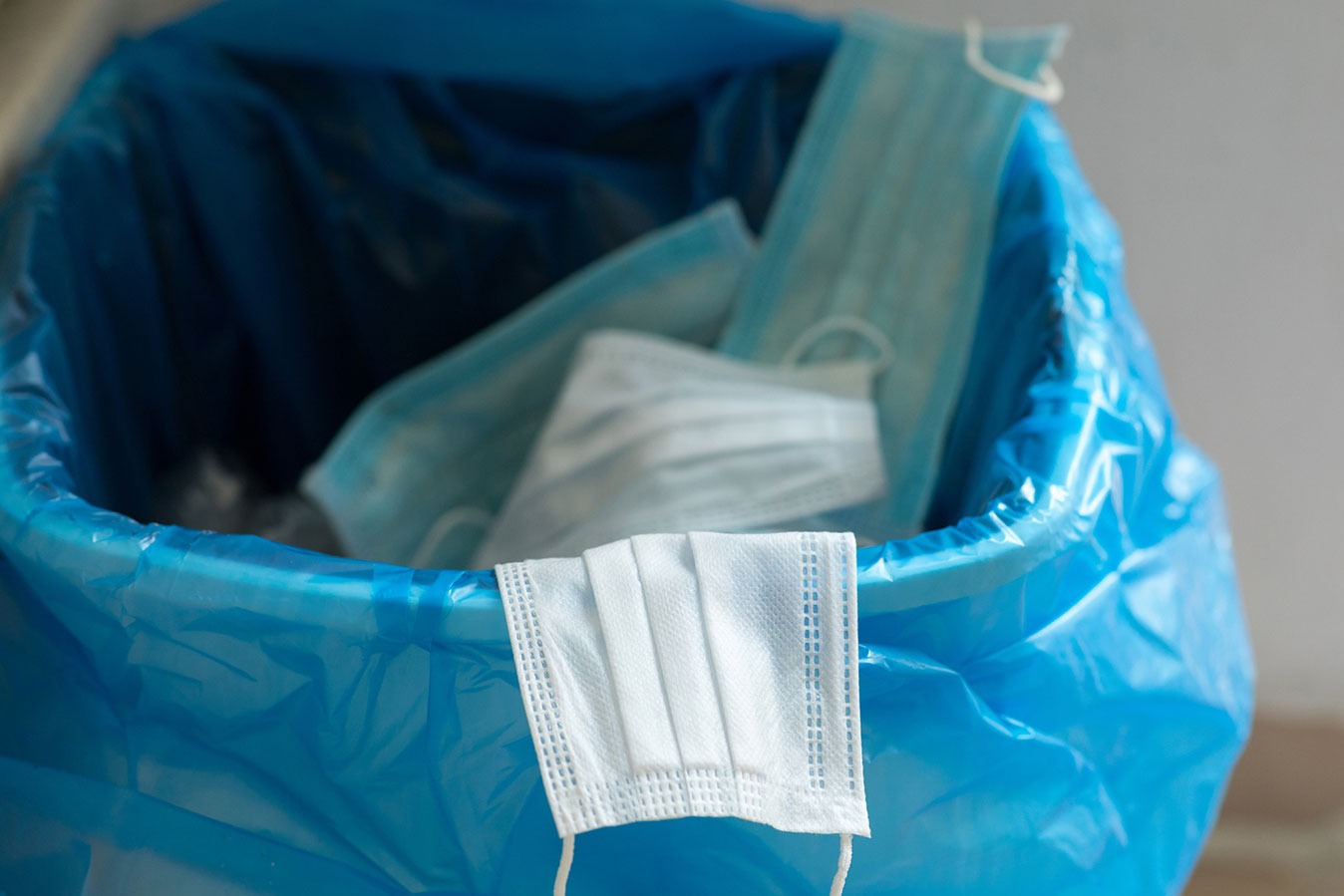A new generation of nurses, midwives and carers have never practiced without wearing disposable PPE since the start of the COVID-19 pandemic. Now, research at RMIT is paving the way to reduce PPE waste, including gowns, face masks and rubber gloves, from landfill or incineration by using it to improve the strength and durability of concrete.
Personal Protective Equipment (PPE) is important for nurses, midwives and carers to do their work safely. Yet, global usage during the pandemic has seen PPE waste rise exponentially.
RMIT PHD researcher Shannon Kilmartin–Lynch, who has been “living and breathing concrete” for the past four years, saw the pandemic waste building up in the streets and waterways.
“Definitely during the pandemic, you could walk around and there was PPE waste sort of just flowing and washing down the streets,” he recalled.

With his work already focused on sustainability, researching how to utilise different waste materials for concrete, the proud Taungurung man and Vice-Chancellor‘s Indigenous Pre-Doctoral Fellow at RMIT University, wanted to work on the pandemic waste problem.
“Caring for the environment is really a big part for me. There’s big belief around caring for country. If you care for country, country will then care for you. PPE during COVID 19 was an area of high concern. Being able to see how that waste can be taken out of the natural environment and then put into the built environment was something that showed high interest.”
Inspired by previous RMIT research work on incorporating shredded PPE into road substrate, Mr Kilmartin-Lynch worked with a team of RMIT engineers to experiment with the waste material in concrete.
Using shredded disposable face masks, isolation gowns and rubber gloves, they found they could make concrete up to 22% stronger and more resistant to cracking with up to 18% more flex.
“So it’s a large increase. We can utilize that increase to take out some of the natural materials (used in concrete). From a sustainability point of view, we are controlling PPE landfill waste. But we can also limit natural resources, which then reduces the impact on mining and the environment as a whole.”

The research has exciting applications for the construction industry and in dealing with the challenge of healthcare and pandemic waste.
As First Author, Mr Kilmartin-Lynch has worked with co-author Dr Rajeev Roychard and RMIT engineering researchers Dr Mohammed Saberian, Professor Jie Li and Professor Kevin Zhang. The team have been keen to get their research out into real world applications such as pavement, footings and foundations. The many construction uses are currently testing in field trials.
Unsurprisingly, there has been no shortage of finding PPE waste. The team have been developing partnerships, collecting and using donations from health organisations. While they have been using expired stock, they have also been exploring the best ways to repurpose contaminated PPE waste.
“There was a lot of guidelines that we had to follow, that’s sort of one of the challenges of the project and how we step it up next. We’ve been working closely with the governing bodies and that into in terms of how we can control the environment, decontaminate the material and then be able to reuse them.”
Storing and appropriately shredding large quantities of waste PPE is also a challenge. With interest from local governments to trial building with the concrete, it is now up to bigger construction industries to take the opportunity to transform the waste and help create a circular economy for life-saving PPE.
“Once we can get some more interest from construction companies to come on board and be willing to or have those facilities ready and operational, then we can hit the ground running and go from there,” Mr Kilmartin-Lynch said.








